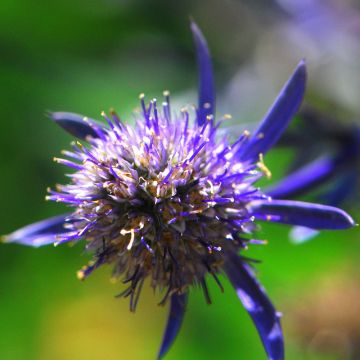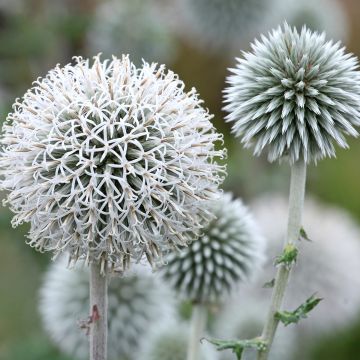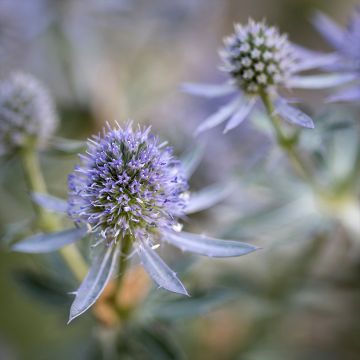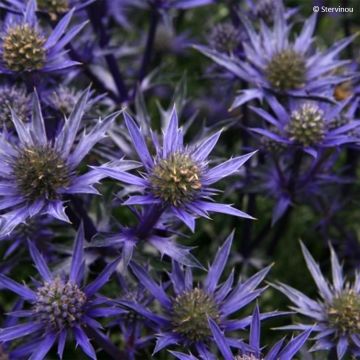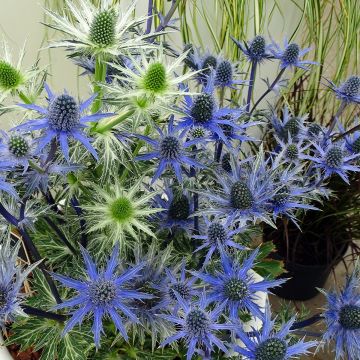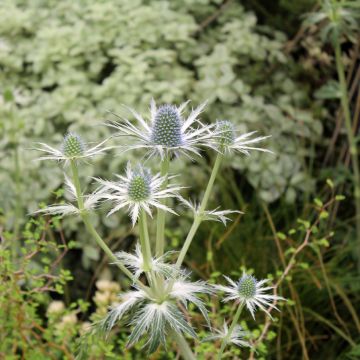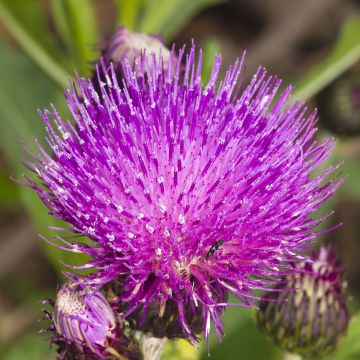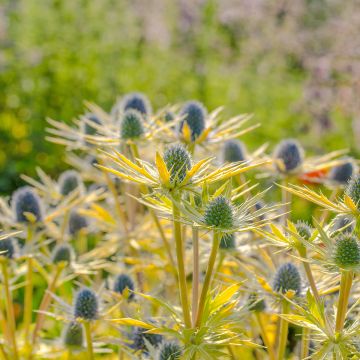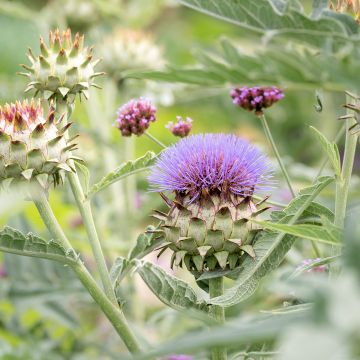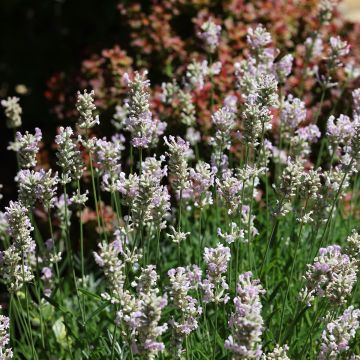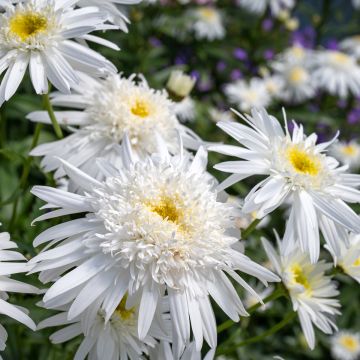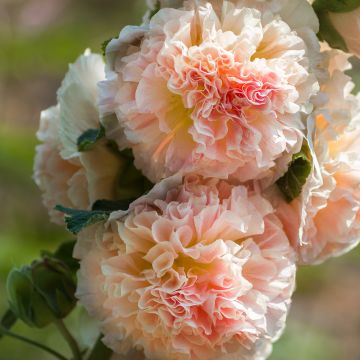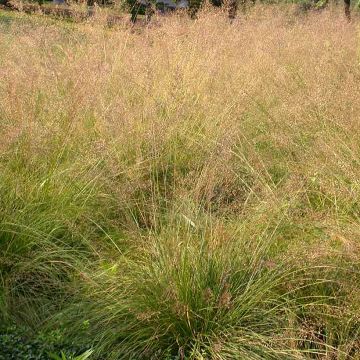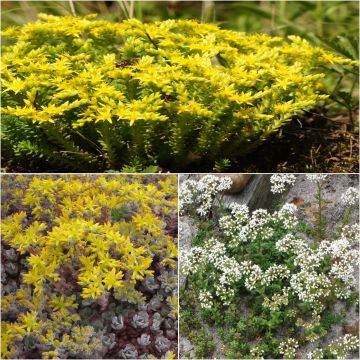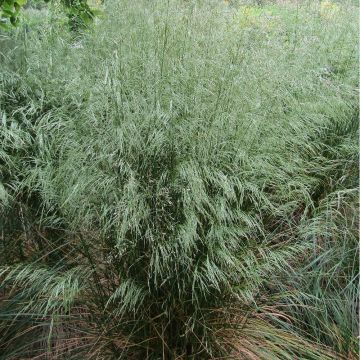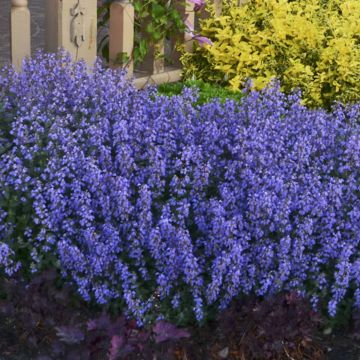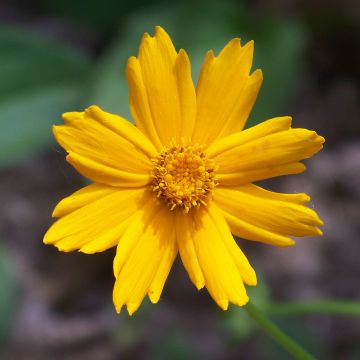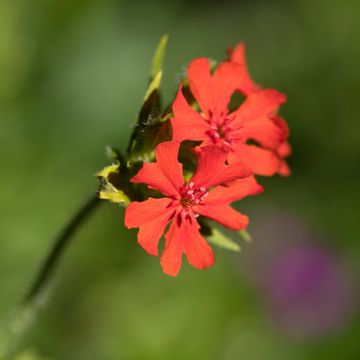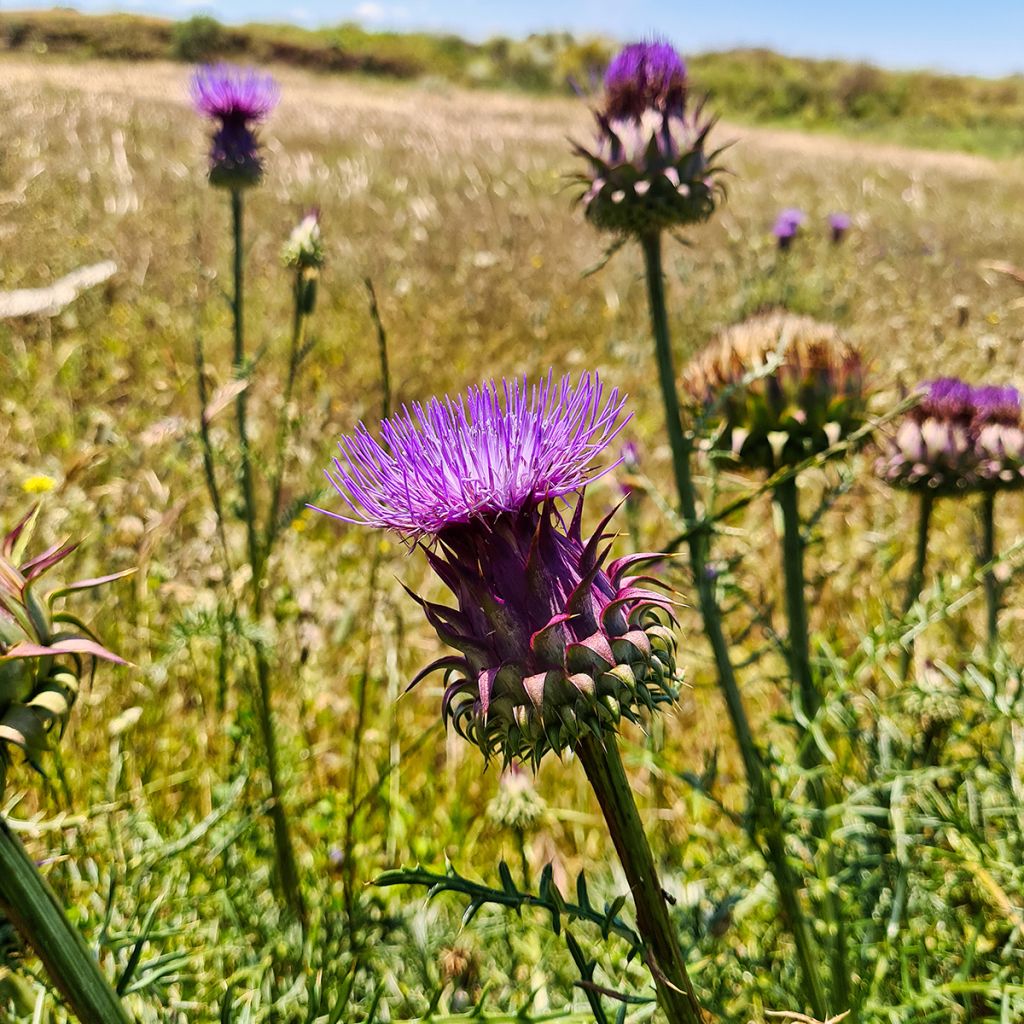

Onopordum nervosum
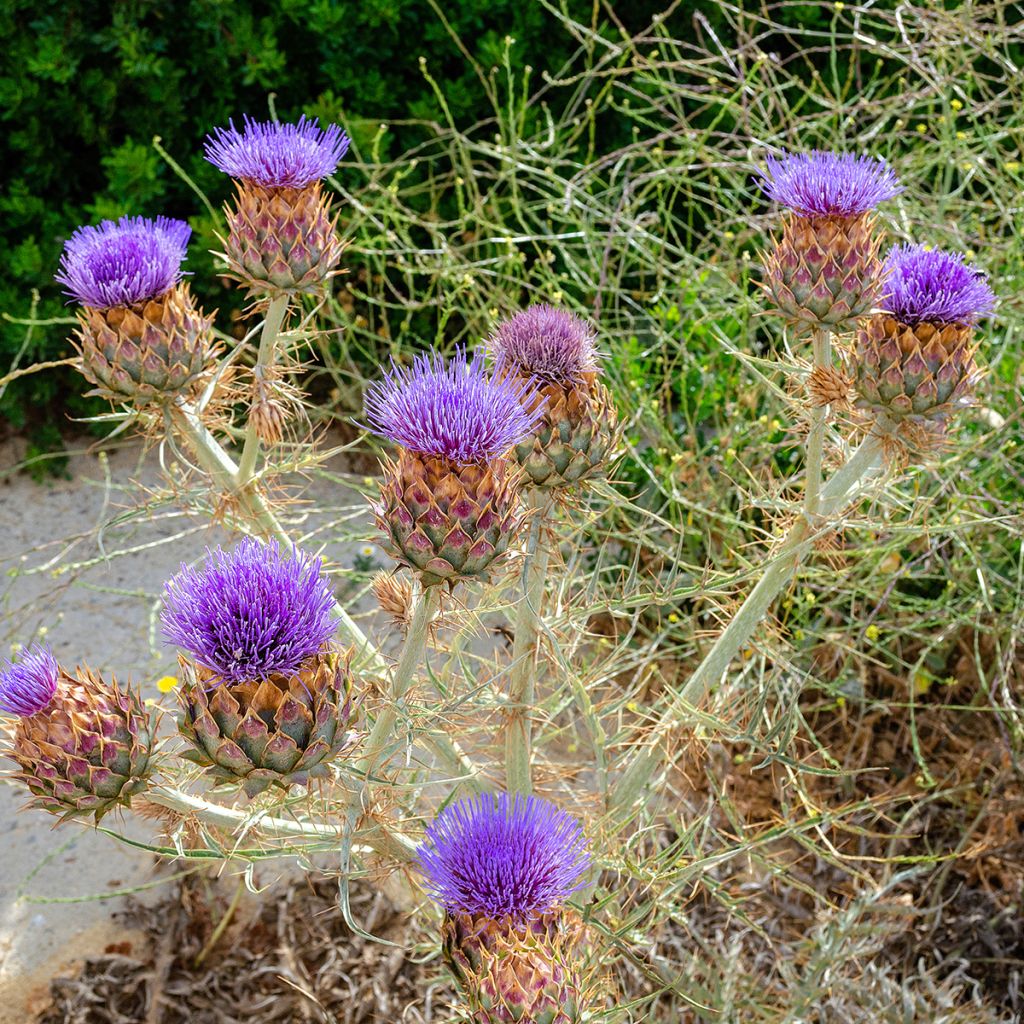

Onopordum nervosum
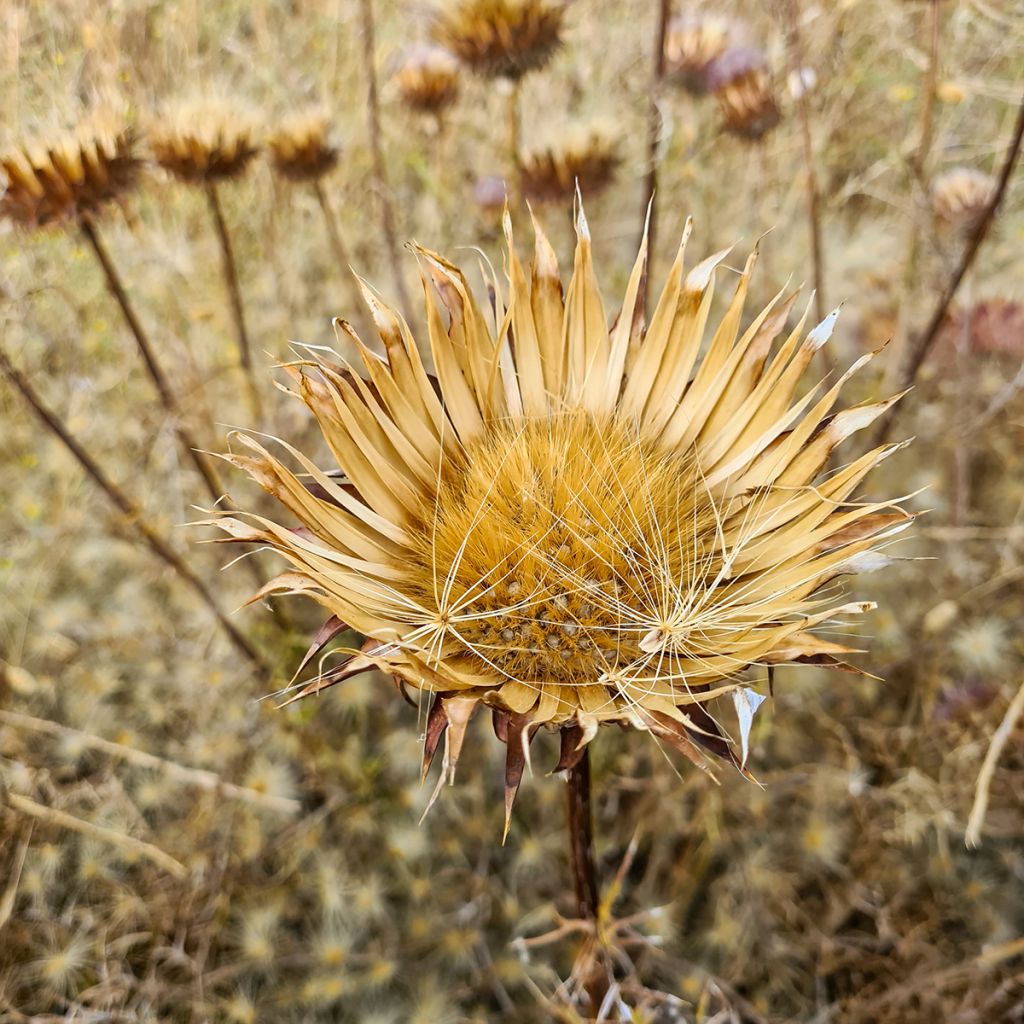

Onopordum nervosum
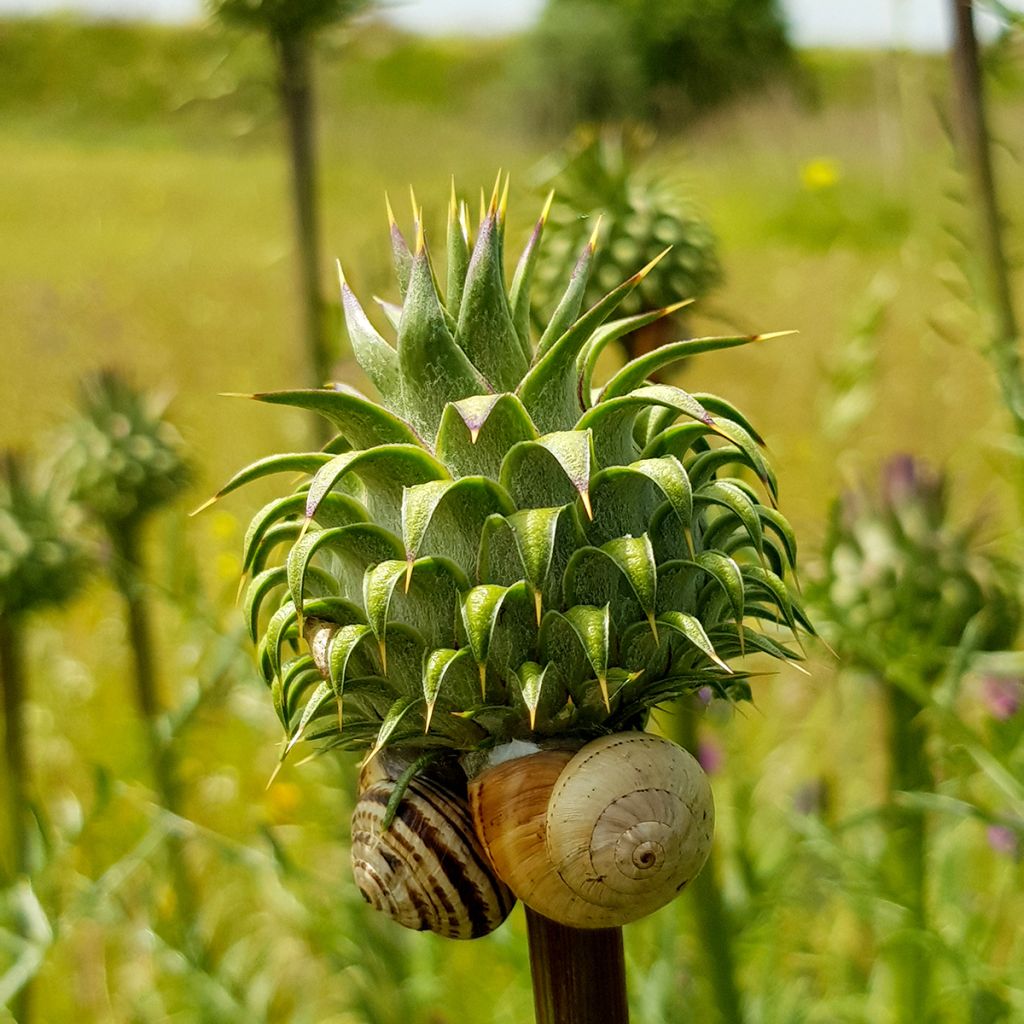

Onopordum nervosum
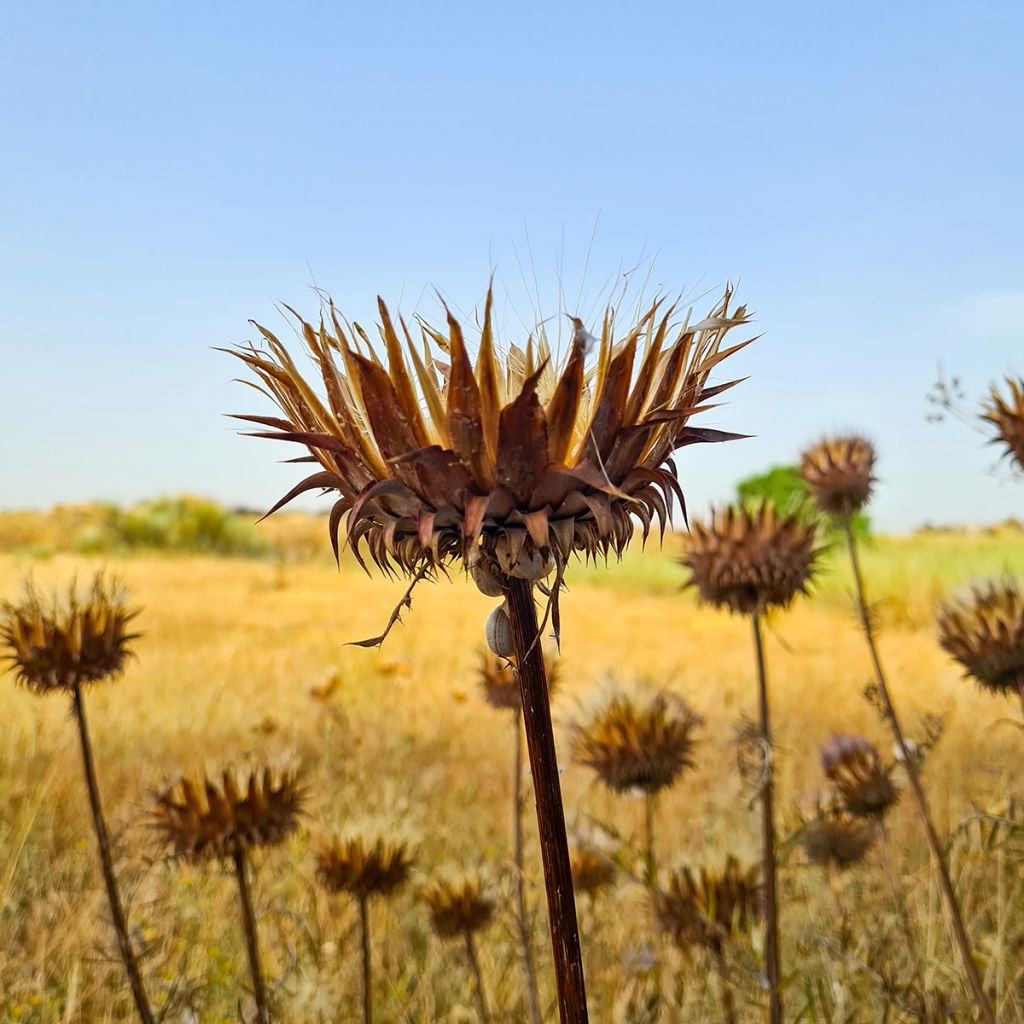

Onopordum nervosum
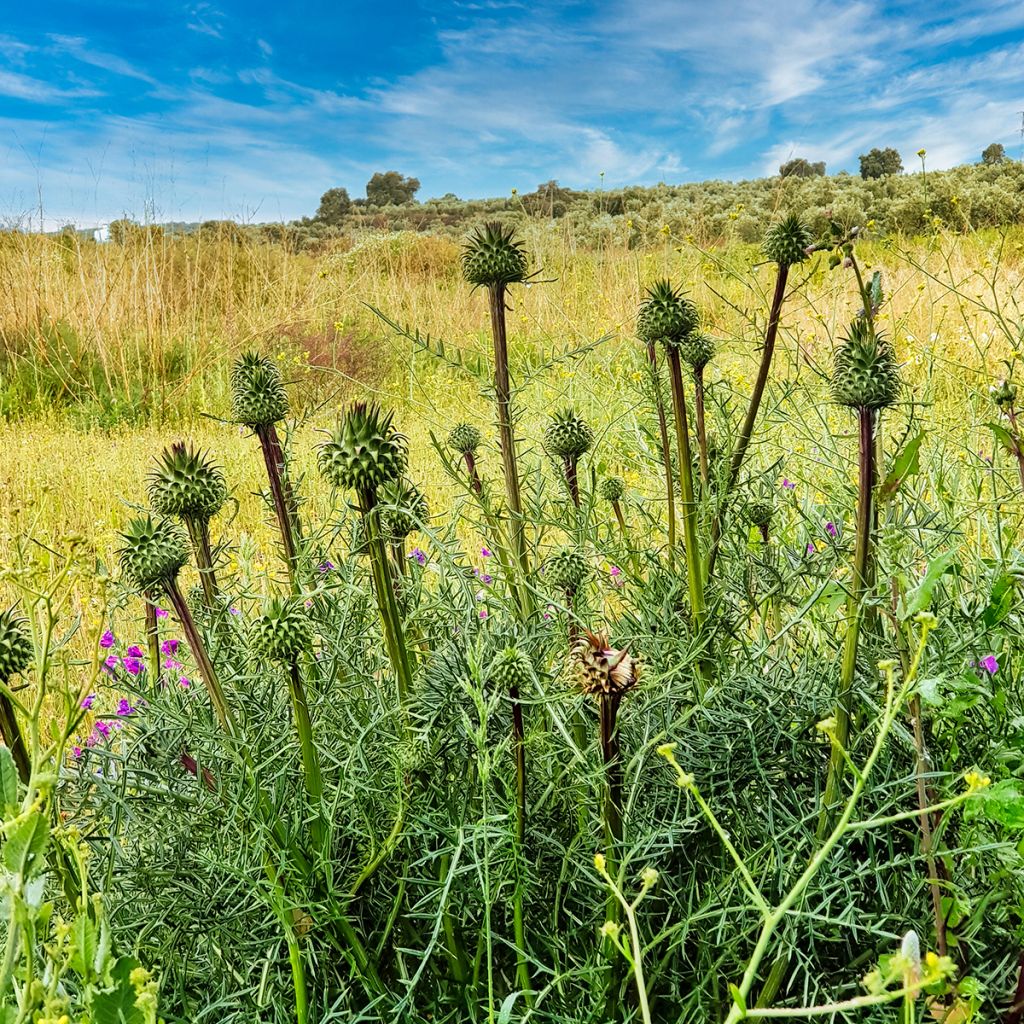

Onopordum nervosum
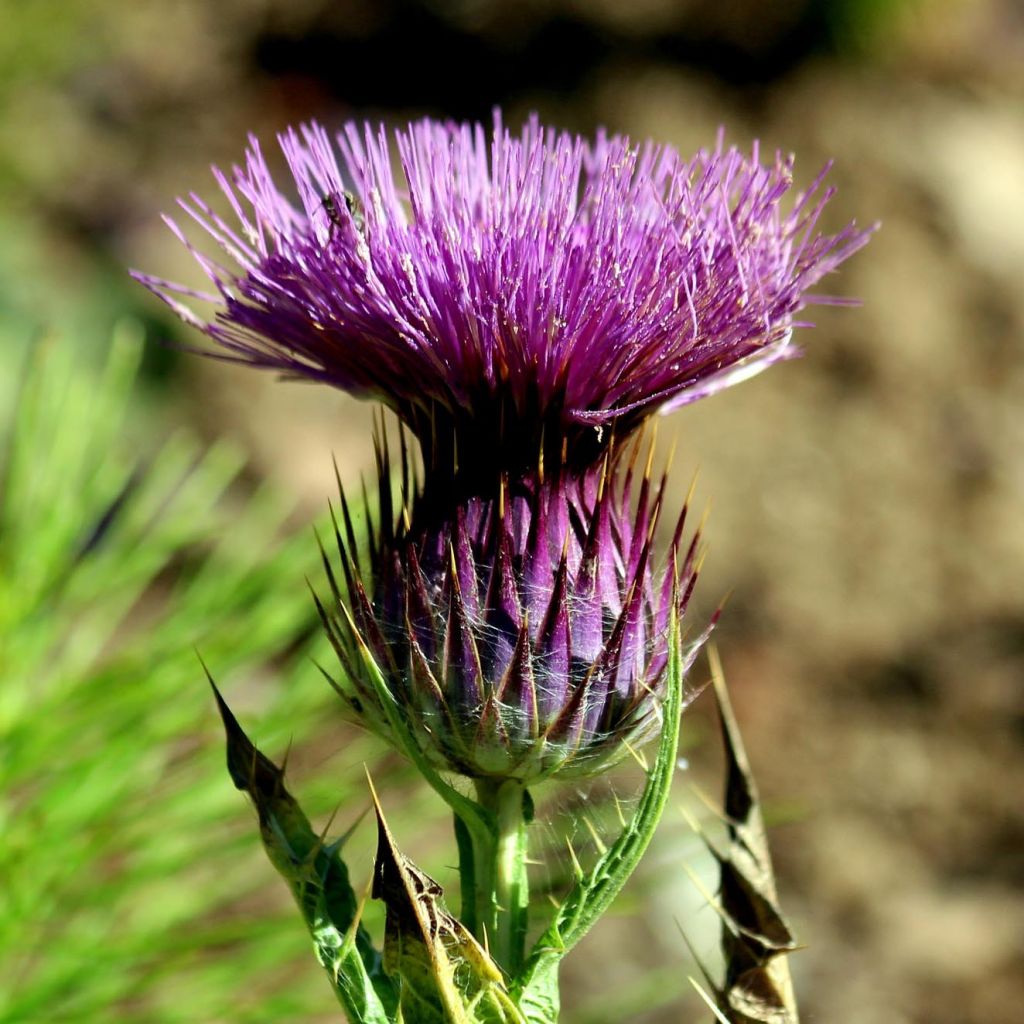

Onopordum nervosum
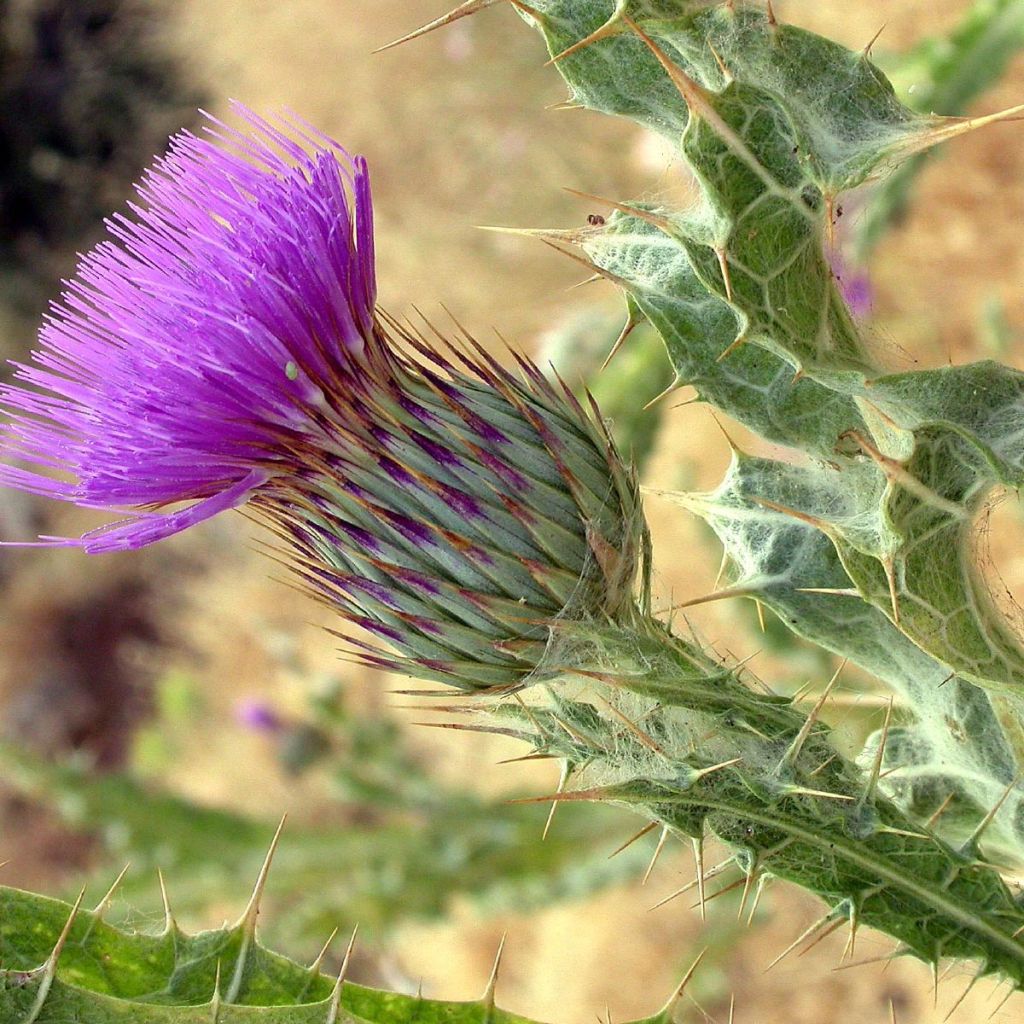

Onopordum nervosum
Onopordum nervosum
Onopordum nervosum
Cotton Thistle, Scotch Thistle, Donkey Thistle, Reticulate Thistle
I planted it last spring but it only produced leaves quite laboriously. It is known to be tall, but the one I planted only produces large leaves at ground level. I am waiting for the next growing season to see if it will develop as it should. One downside of this plant is that snails and/or slugs like it, which probably hampers its proper development. As for sunlight, it has enough without being in full sun from morning to evening, and the soil is dry in summer, which it quite likes.
Thomas T., 24/10/2020
This item cannot be shipped to the selected country
Delivery charge from €5.90
More information
Delivery charge from €5.90
More information
Schedule delivery date,
and select date in basket
This plant carries a 12 months recovery warranty
More information
We guarantee the quality of our plants for a full growing cycle, and will replace at our expense any plant that fails to recover under normal climatic and planting conditions.
From €5.90 for pickup delivery and €6.90 for home delivery
Express home delivery from €8.90.

Does this plant fit my garden?
Set up your Plantfit profile →
Description
Onopordum nervosum, also known as donkey thistle, is a monumental biennial botanical species. In late summer it produces large globular and purplish inflorescences over 2 metres (7 feet) above the ground, resembling giant centaurea flowers. Highly ornamental, the plant is also full of ambivalence, both gentle and formidable, armed with sharp thorns from the grey and furry leaves to the thick white cottony stems. A plant that commands admiration, like an ancient knight, modest enough to prefer rather chalky and dry soils, yet lavish enough to demand full sunlight.
Onopordon nervosum, widely spread in central Europe in uncultivated land, is sometimes called false acanthus or Scottish thistle. It belongs to the Asteraceae family and has a biennial growth cycle. This thistle dies in its second year of cultivation but generously self-seeds, especially in cracks in pavements, rocks, and bricks. In its first year, it forms a large persistent rosette of long whitish-grey leaves, covered in hairs, wide and spiny, deeply incised. In its second year, a huge branched stem covered in white tomentum, bearing numerous ridges, rises from the heart of the basal rosette, also carrying large spiny whitish-grey leaves. Each stem ends in a head-like inflorescence, composed of a green receptacle topped with purplish flowers arranged in a brush-like manner. The root is a thick, powerful taproot, making transplantation a little delicate for a well-established specimen.
In fact, the donkey thistle self-seeds wherever it finds the smallest crack within reach of its seeds. It is simply stunning when paired with blue delphiniums and pink roses in moist soil, but also blends well with giant grasses (Panicum virgatum, Miscanthus sinensis), Cephalaria gigantea, hollyhocks, or tall mulleins in dry gardens. A plant to be admired in a distant bed, away from pathways and children, for its presence and for the fascination exerted by its sharp, almost metallic texture, coupled with a somewhat futuristic appearance.
Onopordum nervosum in pictures
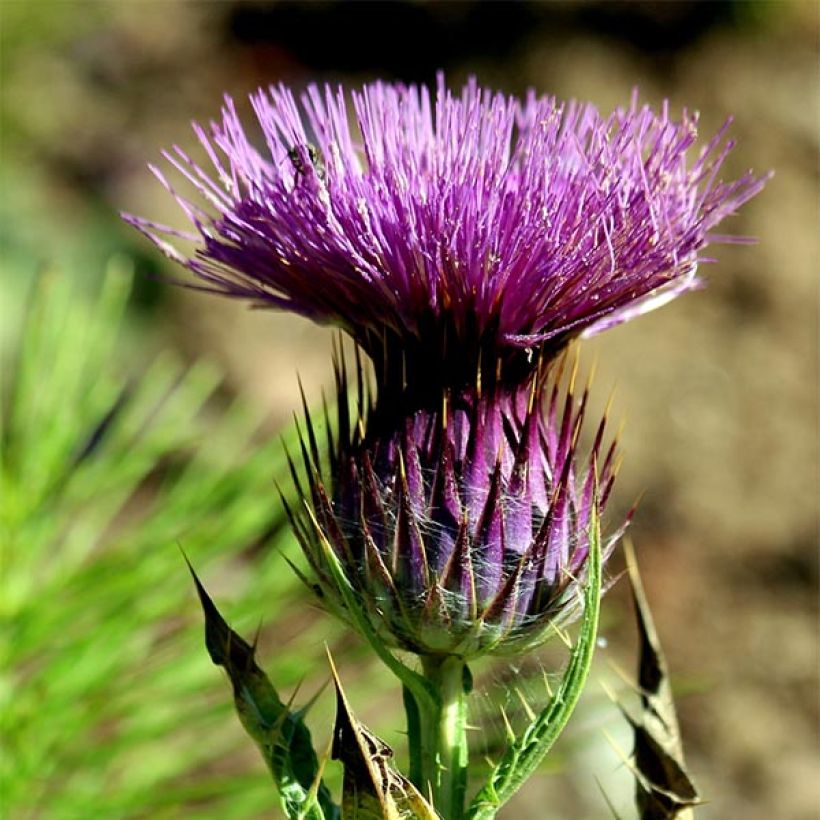

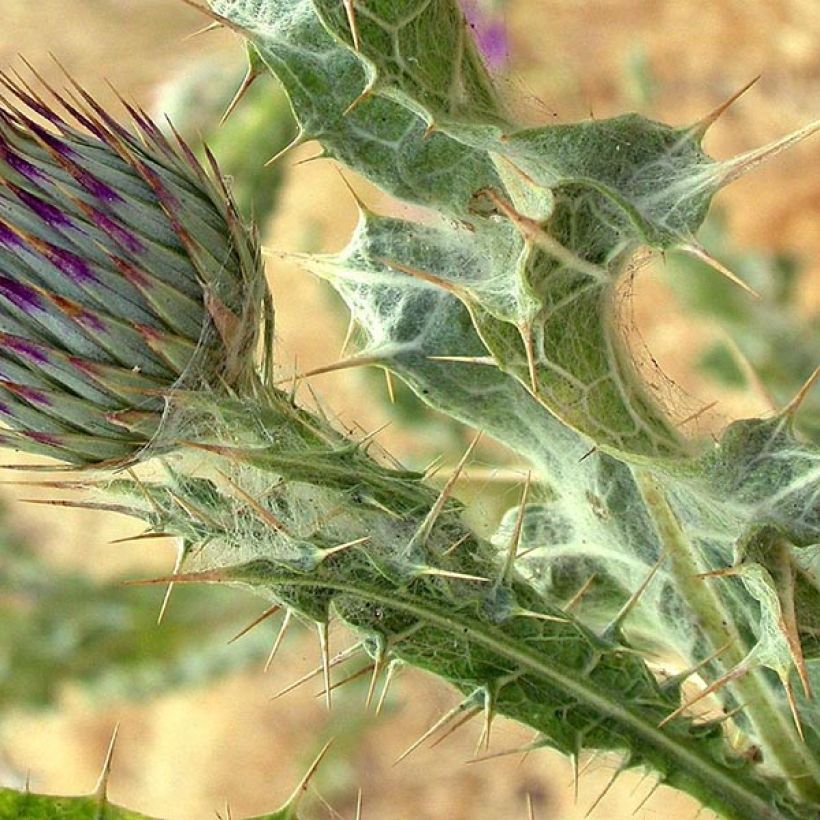

Flowering
Foliage
Plant habit
Botanical data
Onopordum
nervosum
Asteraceae
Cotton Thistle, Scotch Thistle, Donkey Thistle, Reticulate Thistle
Central Europe
Other Ornamental Thistles
Planting and care
In nature, Onopordum nervosum is almost always found in uncultivated places, dry and arid slopes, bathed in sunlight. There, it rarely exceeds 1.50m (5ft) in height. What makes it particularly interesting is its predisposition to gigantism in rich and moist soils. In the clay of our garden, it always exceeds 2.50m (8ft) in height and the basal rosette often reaches 1.50m (5ft) in diameter. Obviously, as this is not its preferred growing medium, it only self-seeds with difficulty, and precautions must be taken to help it survive the first winter. But since it only lives for 2 years anyway, it is sufficient to sow fresh seeds in trays and replant them in the garden the following year.
Planting period
Intended location
Care
Summer flowering perennials
Haven't found what you were looking for?
Hardiness is the lowest winter temperature a plant can endure without suffering serious damage or even dying. However, hardiness is affected by location (a sheltered area, such as a patio), protection (winter cover) and soil type (hardiness is improved by well-drained soil).

Photo Sharing Terms & Conditions
In order to encourage gardeners to interact and share their experiences, Promesse de fleurs offers various media enabling content to be uploaded onto its Site - in particular via the ‘Photo sharing’ module.
The User agrees to refrain from:
- Posting any content that is illegal, prejudicial, insulting, racist, inciteful to hatred, revisionist, contrary to public decency, that infringes on privacy or on the privacy rights of third parties, in particular the publicity rights of persons and goods, intellectual property rights, or the right to privacy.
- Submitting content on behalf of a third party;
- Impersonate the identity of a third party and/or publish any personal information about a third party;
In general, the User undertakes to refrain from any unethical behaviour.
All Content (in particular text, comments, files, images, photos, videos, creative works, etc.), which may be subject to property or intellectual property rights, image or other private rights, shall remain the property of the User, subject to the limited rights granted by the terms of the licence granted by Promesse de fleurs as stated below. Users are at liberty to publish or not to publish such Content on the Site, notably via the ‘Photo Sharing’ facility, and accept that this Content shall be made public and freely accessible, notably on the Internet.
Users further acknowledge, undertake to have ,and guarantee that they hold all necessary rights and permissions to publish such material on the Site, in particular with regard to the legislation in force pertaining to any privacy, property, intellectual property, image, or contractual rights, or rights of any other nature. By publishing such Content on the Site, Users acknowledge accepting full liability as publishers of the Content within the meaning of the law, and grant Promesse de fleurs, free of charge, an inclusive, worldwide licence for the said Content for the entire duration of its publication, including all reproduction, representation, up/downloading, displaying, performing, transmission, and storage rights.
Users also grant permission for their name to be linked to the Content and accept that this link may not always be made available.
By engaging in posting material, Users consent to their Content becoming automatically accessible on the Internet, in particular on other sites and/or blogs and/or web pages of the Promesse de fleurs site, including in particular social pages and the Promesse de fleurs catalogue.
Users may secure the removal of entrusted content free of charge by issuing a simple request via our contact form.

































